Welcome to your comprehensive guide on decorative landscaping and materials! Whether you’re planning to revamp your garden, enhance your outdoor living space, or simply add some flair to your property, this guide will walk you through everything you need to know.
What is Decorative Landscaping?
Decorative landscaping goes beyond mere functional gardening; it encompasses aesthetic design elements that enhance the overall look and feel of your outdoor space. As a landscape designer myself, I’ve found that the right materials can transform a mundane yard into a vibrant oasis. Decorative landscaping includes the use of plants, stones, mulch, water features, and ornamental elements that reflect personal style.
Benefits of Decorative Landscaping
Investing in decorative landscaping can yield numerous benefits:
- Aesthetic Appeal: Enhances the visual attractiveness of your home.
- Increased Property Value: Well-landscaped homes typically sell for more.
- Environmental Benefits: Helps manage stormwater and provides habitats for wildlife.
- Personal Enjoyment: Creates a relaxing and enjoyable outdoor space for you and your family.
Popular Decorative Landscaping Materials
Choosing the right materials is essential for achieving a beautiful landscape. Here’s a rundown of popular decorative landscaping materials, their uses, pros, and cons:
1. Decorative Gravel
Gravel is versatile and can be used for paths, patios, or as ground cover.
| Pros | Cons |
|---|---|
| Inexpensive and easy to install | Can scatter easily in high winds |
| Excellent drainage | Weeds can grow through it |
2. Mulch
Mulch not only suppresses weeds but enriches soil as it decomposes.
| Pros | Cons |
|---|---|
| Improves soil moisture retention | Needs to be replaced periodically |
| Natural appearance | Can attract pests if not maintained |
3. Pavers and Flagstones
These hardscaping materials create durable walkways and patios.
| Pros | Cons |
|---|---|
| Long-lasting and sturdy | More expensive than gravel |
| Available in various styles | Can be uneven if not installed correctly |
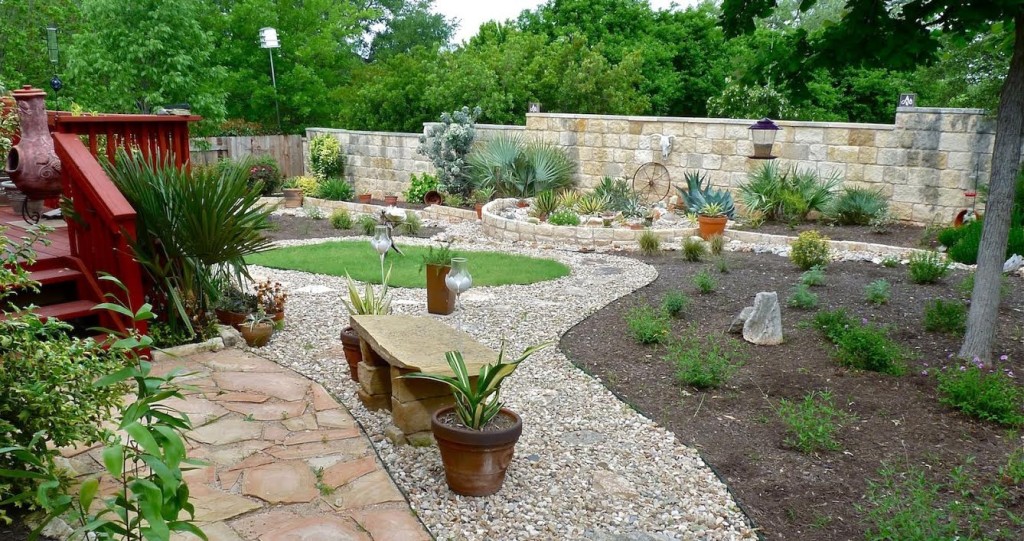
4. Water Features
Fountains, ponds, and waterfalls add tranquility to your yard.
| Pros | Cons |
|---|---|
| Creates a calming environment | Requires regular maintenance |
| Attracts wildlife | Can be costly to install |
5. Edging Materials
Edging materials define garden beds and paths, offering a clean look.
| Pros | Cons |
|---|---|
| Helps control weeds | Can become uneven over time |
| Enhances aesthetic appeal | May require replacement after a few years |
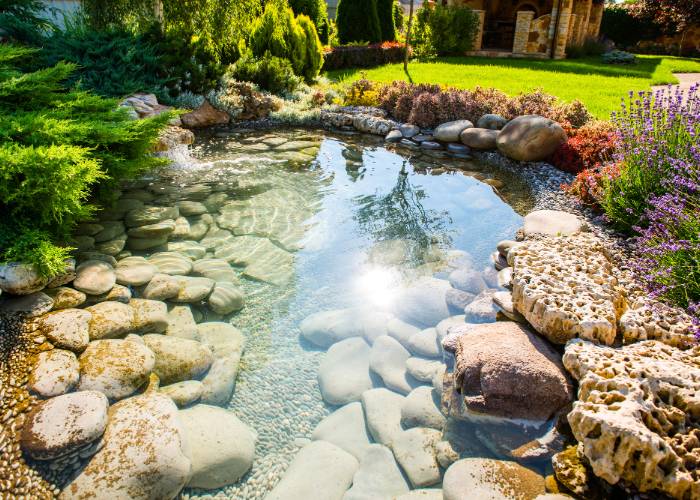
Choosing the Right Plants for Decorative Landscaping
Incorporating the right plants can elevate your landscape design. Here are some categories to consider:
1. Perennials
These plants return year after year and can provide consistent color and texture.
2. Annuals
Great for seasonal color, annuals need to be replanted each year.
3. Ornamental Grasses
These add movement and texture to your space. They are low maintenance and drought-resistant.
4. Shrubs and Bushes
Use shrubs for structure and depth. Choose varieties that offer seasonal interest.
5. Trees
Trees provide shade, beauty, and habitat for wildlife. Consider using flowering or fruit-bearing trees for added appeal.
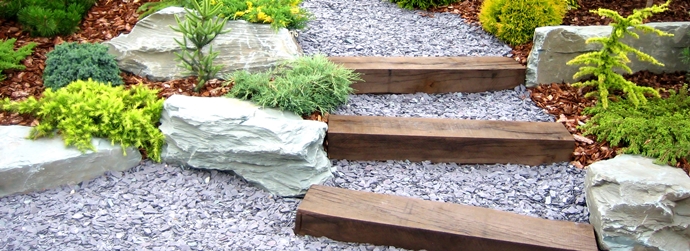
Designing Your Decorative Landscape
Here’s a step-by-step approach to designing your landscape:
Step 1: Define Your Goals
Think about what you want to achieve with your landscaping. Are you looking for a peaceful retreat, an entertainment space, or perhaps a garden for growing vegetables?
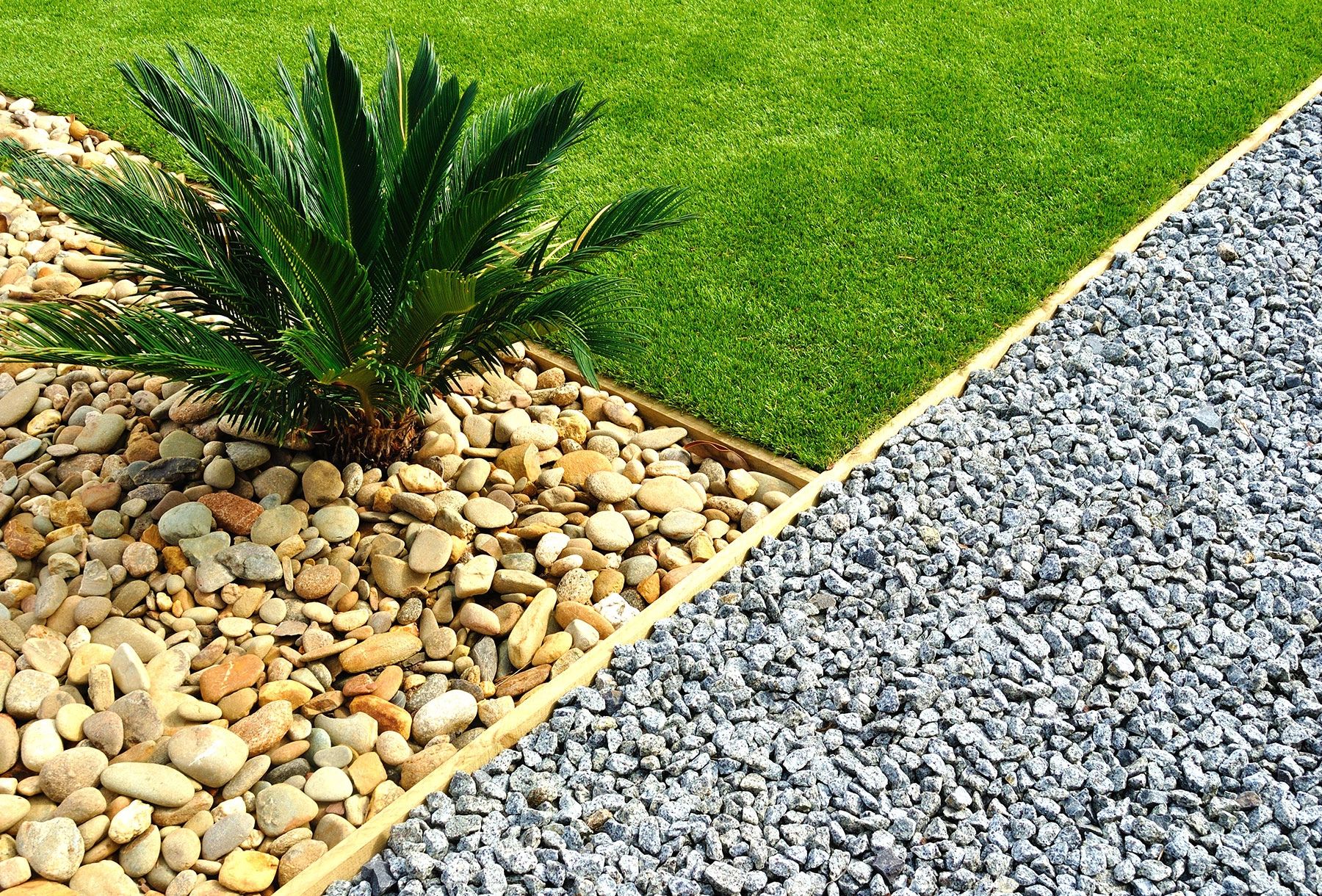
Step 2: Evaluate Your Space
Observe sunlight, soil type, and the layout of existing features. Measure your space to understand what you have to work with.
Step 3: Create a Plan
Sketch a layout that includes hardscaping, plant placement, and other decorative elements. Consider using landscape design software for a more detailed representation.

Step 4: Select Materials
Choose materials that align with your aesthetic and practical needs. Consider durability, maintenance, and how they complement your home’s architecture.
Step 5: Implement Your Design
You can DIY or hire professionals to help install your design. Make sure to follow the plan closely for the best results.
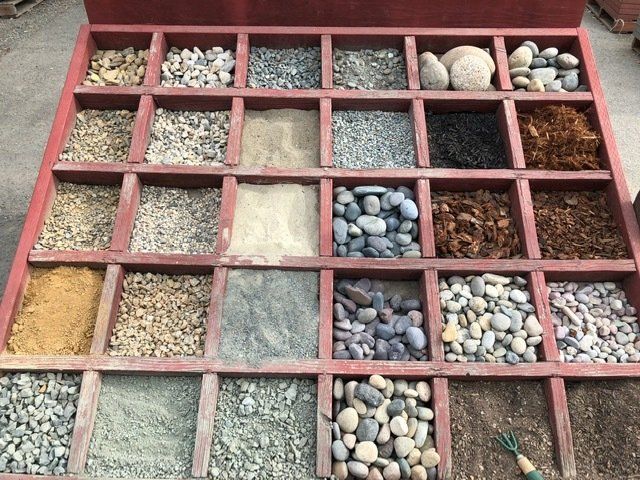
Maintaining Your Decorative Landscape
Once your landscape is installed, regular maintenance is essential to keep it looking its best. Here are some maintenance tips:
1. Watering
Adjust your watering schedule based on plant needs, weather conditions, and seasons.
2. Weeding
Regularly check for weeds and remove them to prevent competition for nutrients.

3. Pruning
Keep plants manicured by pruning dead or overgrown branches. This promotes healthy growth.
4. Fertilizing
Periodically assess the nutrient needs of your plants and use appropriate fertilizers.
5. Seasonal Cleanup
Clean up leaves and debris in the fall to prepare for winter. This protects plants and prevents pest problems.
Comparative Analysis of Decorative Landscaping Materials
To help you make informed decisions, here’s a comparison of some commonly used materials:
| Material | Cost | Durability | Maintenance Level |
|---|---|---|---|
| Gravel | Low | High | Low |
| Mulch | Low | Medium | Medium |
| Pavers | High | Very High | Low |
| Water Features | High | Medium | High |
Personal Experiences: Lessons Learned in Decorative Landscaping
Throughout my career, I’ve learned invaluable lessons while designing decorative landscapes. One project that stands out involved a challenging hillside backyard. Initially, we faced erosion problems and insufficient sunlight for grass to grow. By utilizing rock gardens, native plants, and hardscaping with pavers, we turned this space into a stunning outdoor retreat. This experience reinforced my belief that innovative thinking, proper material selection, and a solid design can overcome any landscaping challenge.
Key Takeaways:
- Be adaptive to your environment.
- Choose materials that suit the local climate.
- Don’t be afraid to experiment with design.
- Functionality and aesthetics can coexist beautifully.
FAQs about Decorative Landscaping and Materials
1. What are the best plants for decorative landscaping?
The best plants depend on your climate, soil, and personal aesthetic. However, consider a combination of perennials, annuals, grasses, and shrubs that suit your landscape’s light and space conditions.
2. How often should I maintain my decorative landscape?
Regular maintenance, such as watering and weeding, should be performed weekly. Seasonal tasks like pruning and fertilizing should be scheduled based on the plant types in your landscape.
3. Are water features worth the investment?
Water features can enhance ambiance and create a soothing environment. However, consider the maintenance and costs before installation to ensure it’s a good fit for you.
4. Can I do decorative landscaping on a budget?
Absolutely! Focus on DIY projects, choose affordable materials like gravel, and start small. You can always expand your landscape over time.
5. What’s the best way to prevent weeds in decorative landscaping?
Using mulch, proper edging, and regular maintenance can significantly reduce weed growth in your landscape.